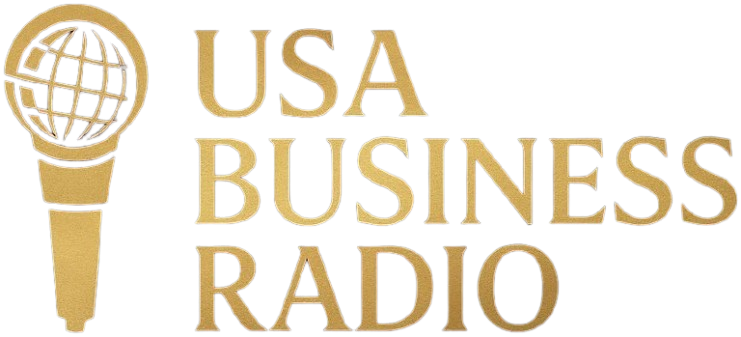More than 80 percent of small and medium-sized commerce businesses (SMBs) reported maintaining or growing revenue in 2018 despite the challenges competing against global rivals. This is according to the inaugural State of Small Business Global Report by TradeGecko — a leading cloud-based commerce platform for growing companies, in collaboration with Golfdale Consulting.
SMBs are the lifeblood of the global economy, making up over 95 percent of all firms and 60-70 percent of total employment. The report polled 573 product-centered commerce businesses from 24 countries around the world, including 383 from the United States, to lift the lid on the challenges and opportunities for small and medium-sizedcommerce businesses. In total, the small businesses surveyed employed some 107,000 people and sold US$1.9 billion in products last year. They spanned markets from the United States to Australia, sectors from Fashion to Fitness, and from early-stage start-ups to mature multi-million dollar businesses.
“Small and medium businesses are punching above their weight when it comes to competing in the global market against large firms with big teams and big budgets. But as they grow they are being stretched by operational issues and manual processes. Cloud-based services, social media and digital channels are levelling the playing field in all areas of running a business — marketing, accounting, sales, payroll, and inventory and order management,” said Cameron Priest, Co-Founder and CEO of TradeGecko.
The survey showed that agile small businesses are highly digitally savvy; leveraging social media and technology to level the playing field with bigger competitors when it comes to marketing their products. Businesses under US$1 millionrelied primarily on word of mouth to generate buzz about their products with Facebook (74 percent) and Instagram (43 percent) being the dominant social media platforms.
As SMBs grow, they rely on a broader channel mix including bricks-and-mortar, in-person sales, wholesalers and distributors. This is reflected in their social media strategies, with firms over US$5 million using channels such as Twitter (37 percent), YouTube (37 percent) and LinkedIn (36 percent) for promotion campaigns.
While SMBs are adept in using technology to market products, many of their operational systems are holding them back. Almost a quarter of SMBs under US$1 million still rely on pen and paper for their inventory management, with another 31 percent using spreadsheets. Businesses under US$1 million spend on average over 90 hours a month on critical backend functions such as order and inventory management as well as product sourcing. Even larger businesses (over US$5 million) relied on manual processes, with more than half reported using spreadsheets. Many respondents reported having too much, or not enough stock, with 70 percent regularly experiencing ‘overstocking’ or ‘stocking out’.
In general the study showed that while tough competition (31 percent) remained the biggest challenge for founders across the board, the day-to-day pressures of running a business have an impact. Insufficient time (27 percent), hiring the right staff (26 percent) and operational issues (21 percent) were among the biggest factors cited by founders as holding their businesses back from growing more quickly. Owners would like to spend more time on marketing, sales and product development.
“Being a business founder often means being a ‘Jack and Jill of all trades’ but as your business succeeds you can leverage technology not just to sell product but to build scalable operational systems that will support future growth,” added Priest. “Flexible online tools give small and medium-sized businesses the superpowers they need to compete with larger rivals and ultimately free up business owners to do what they do best, build amazing businesses.”
For more information, The State of Small Business Global Report can be downloaded here.




